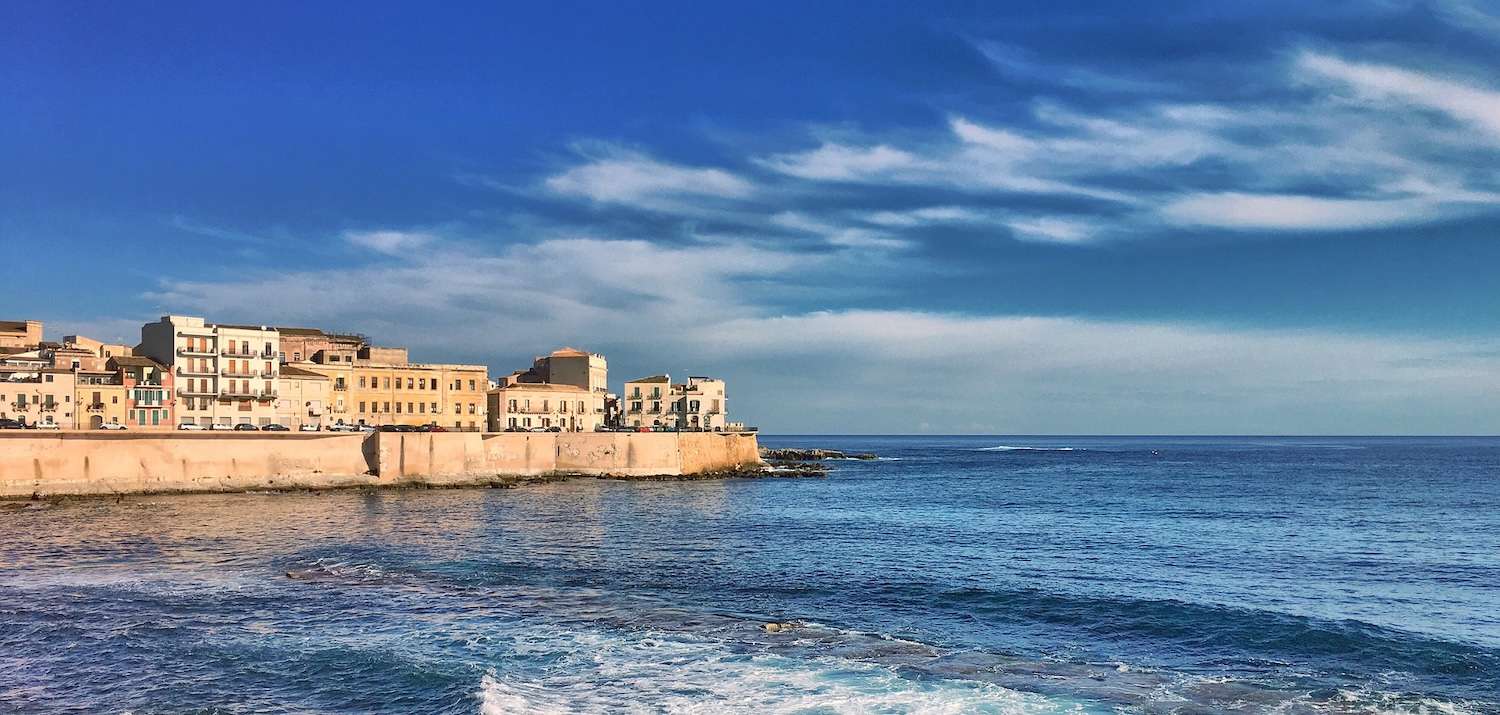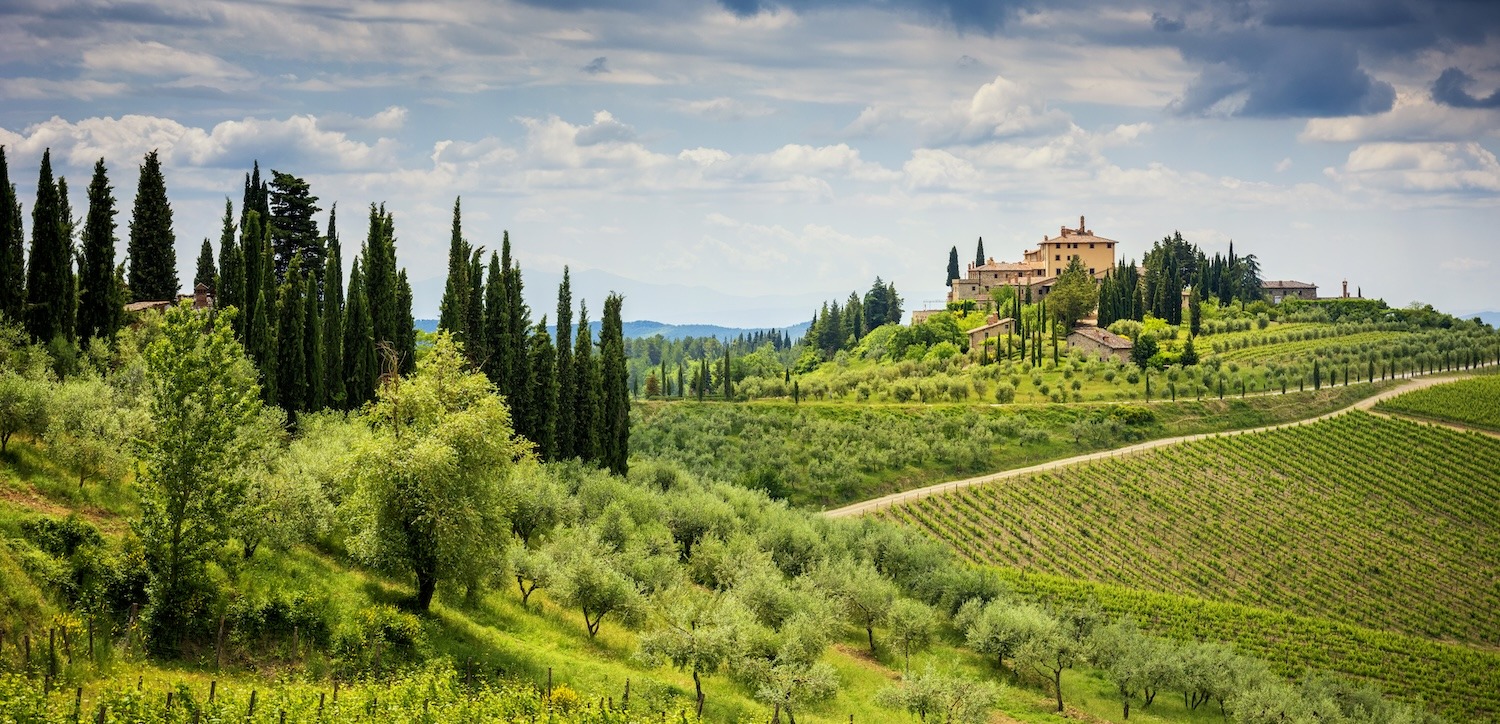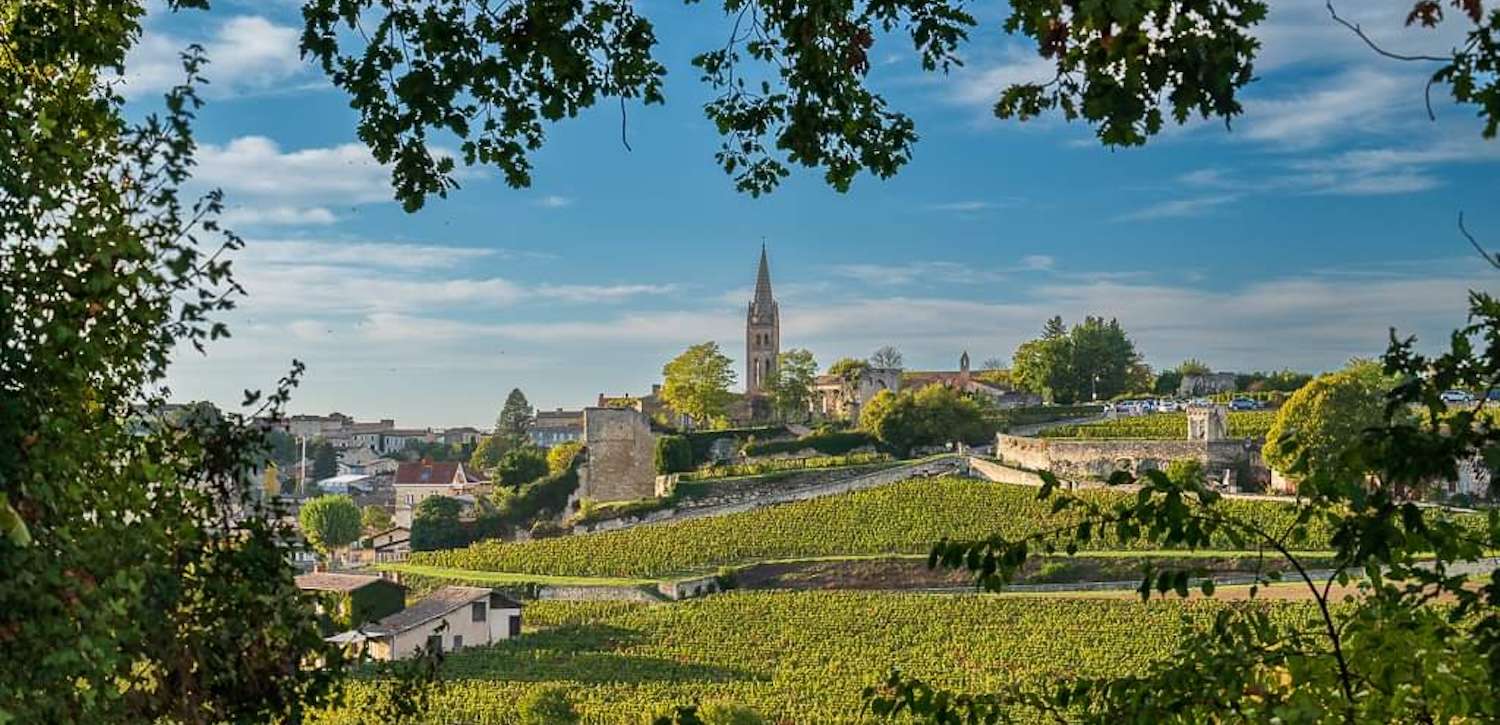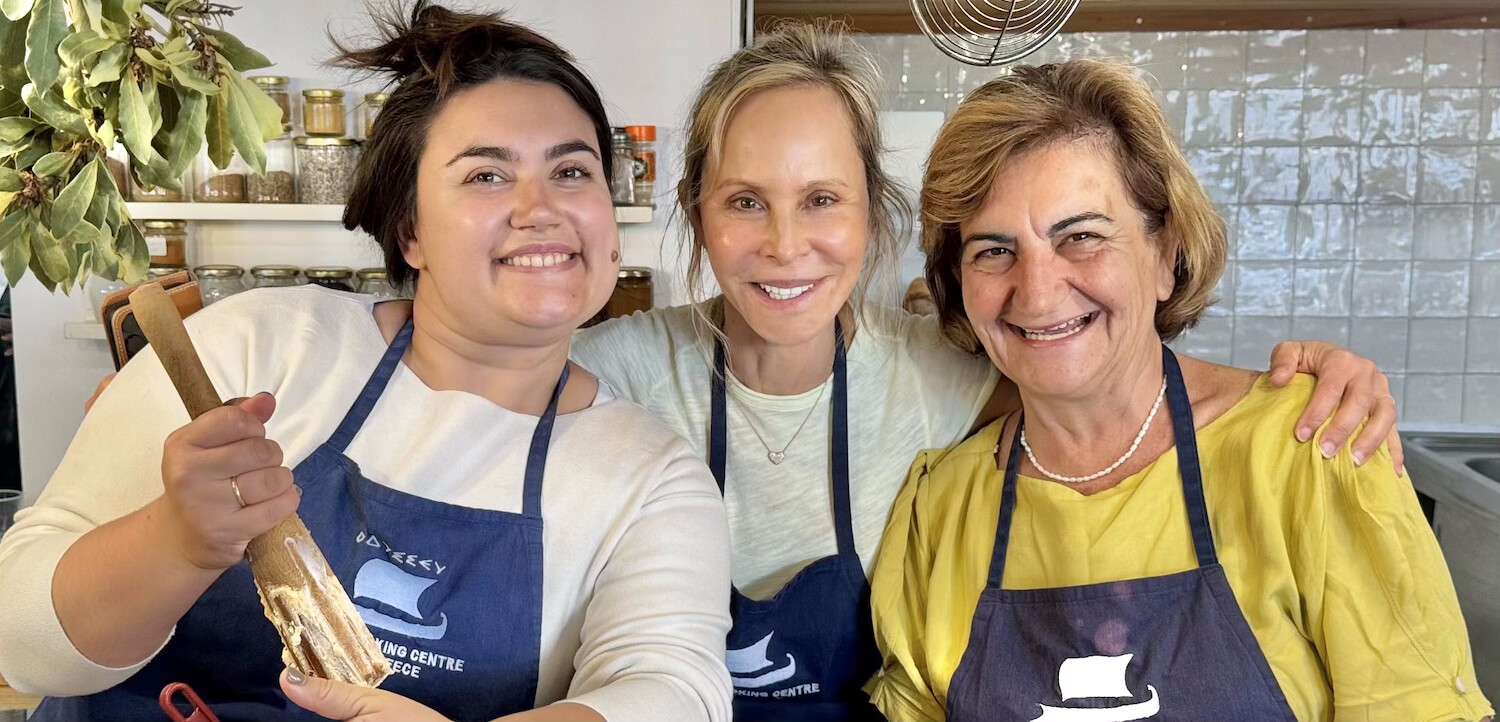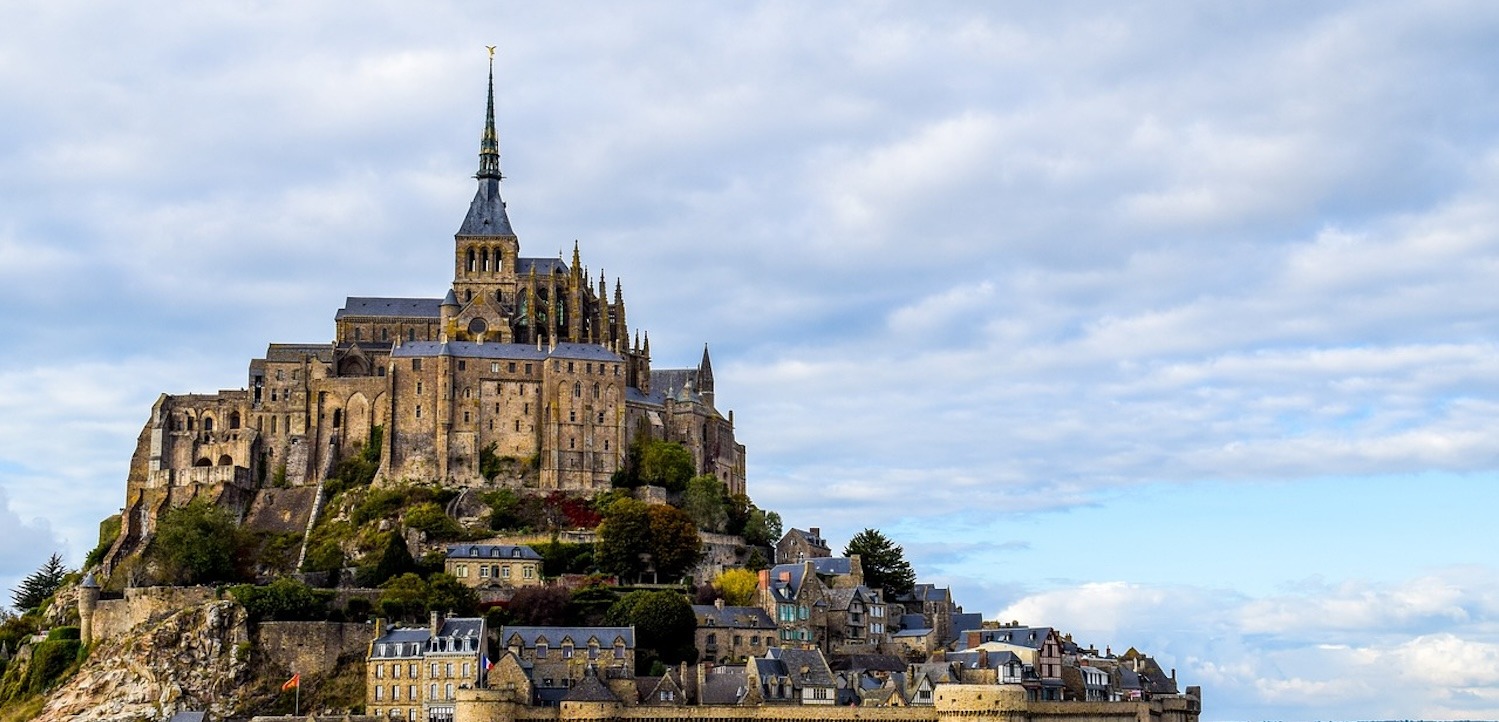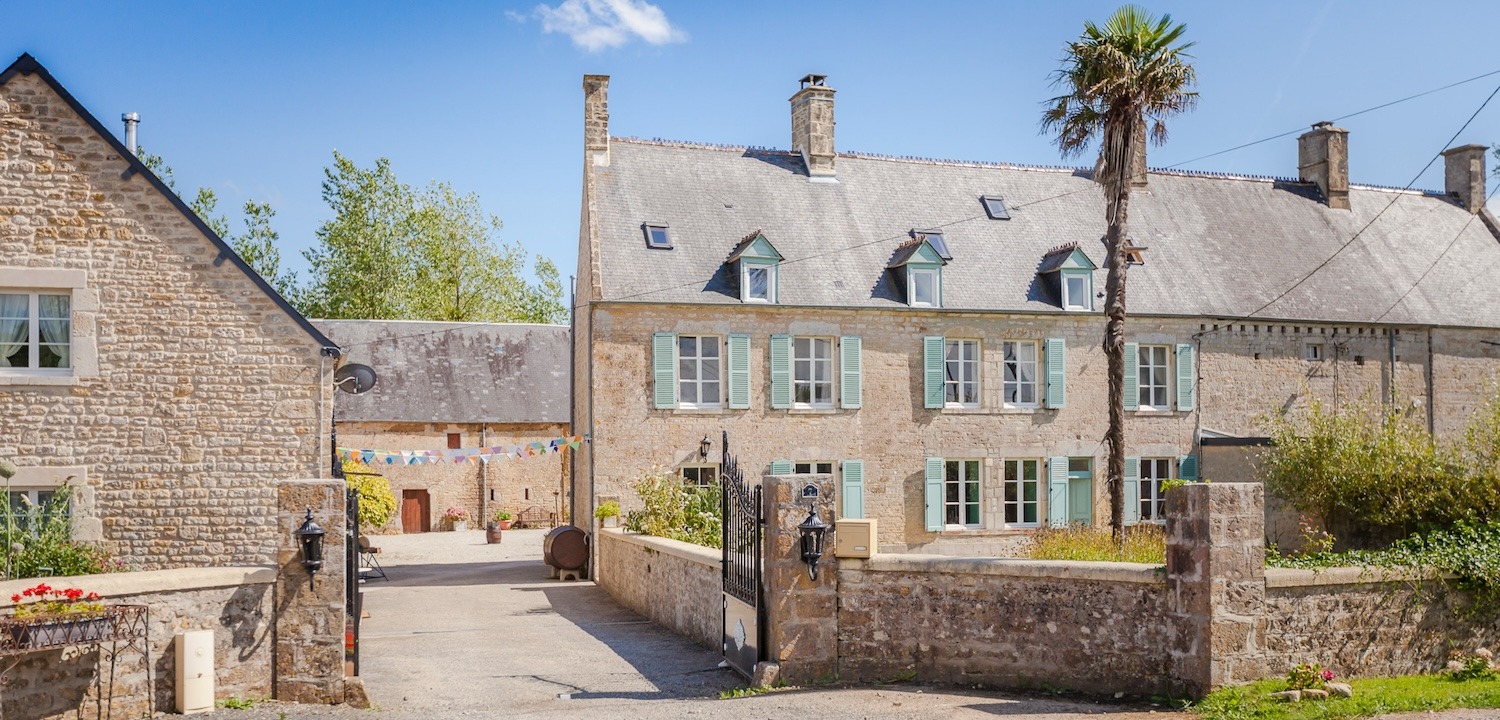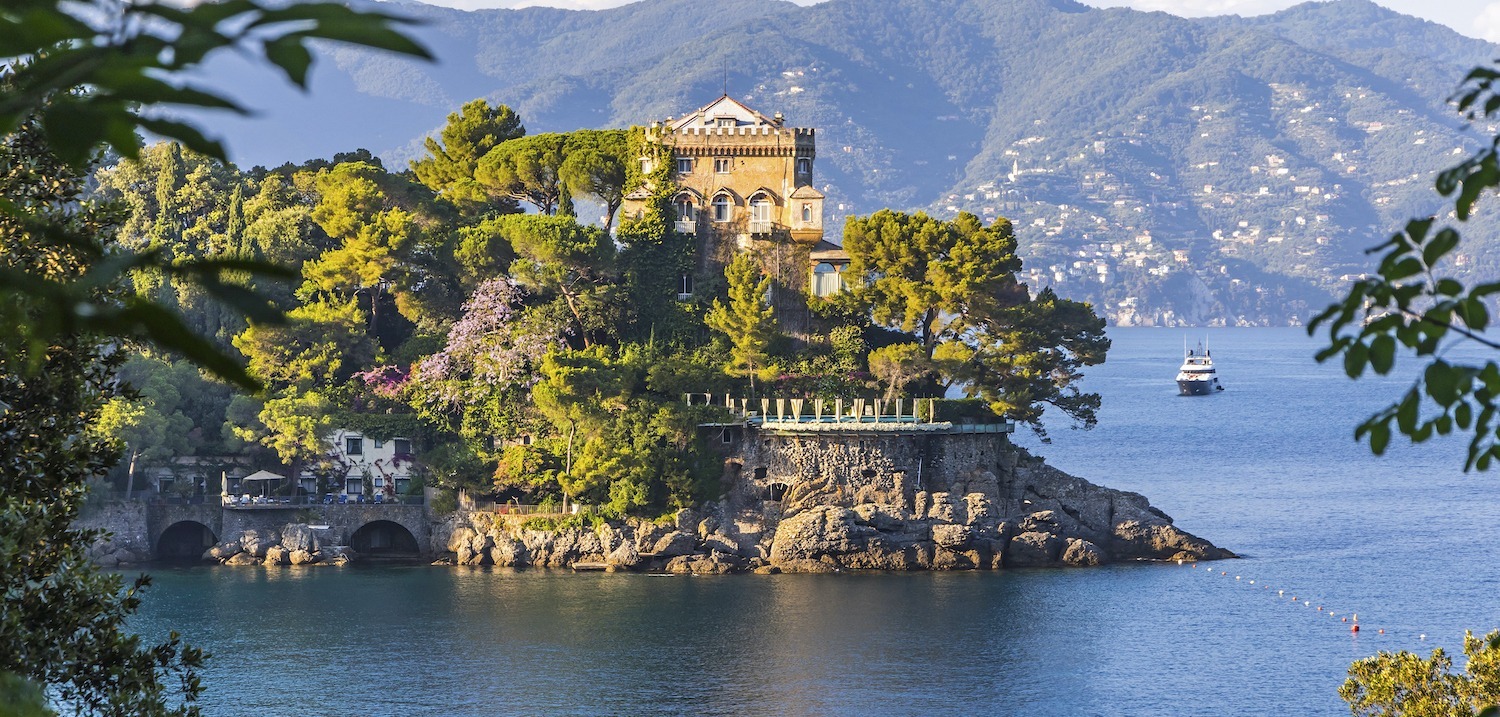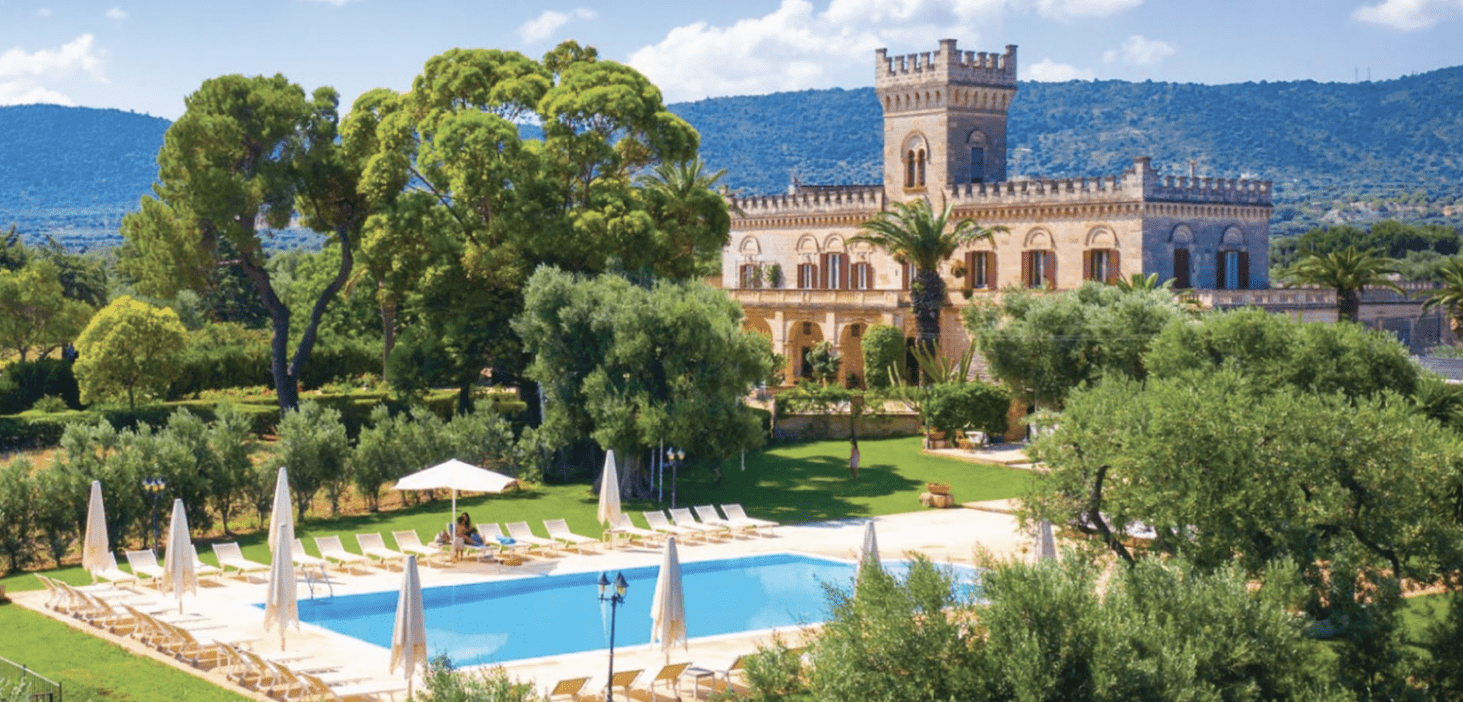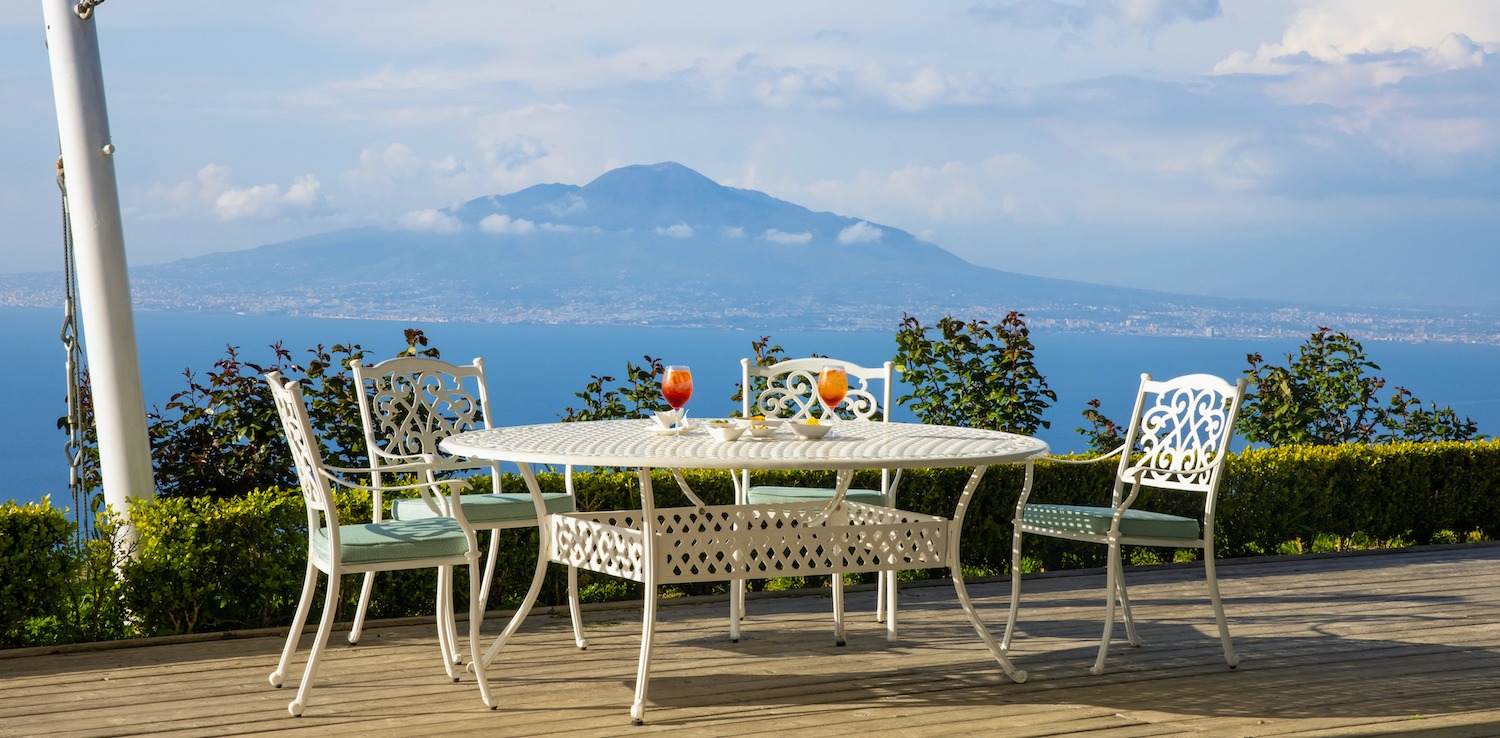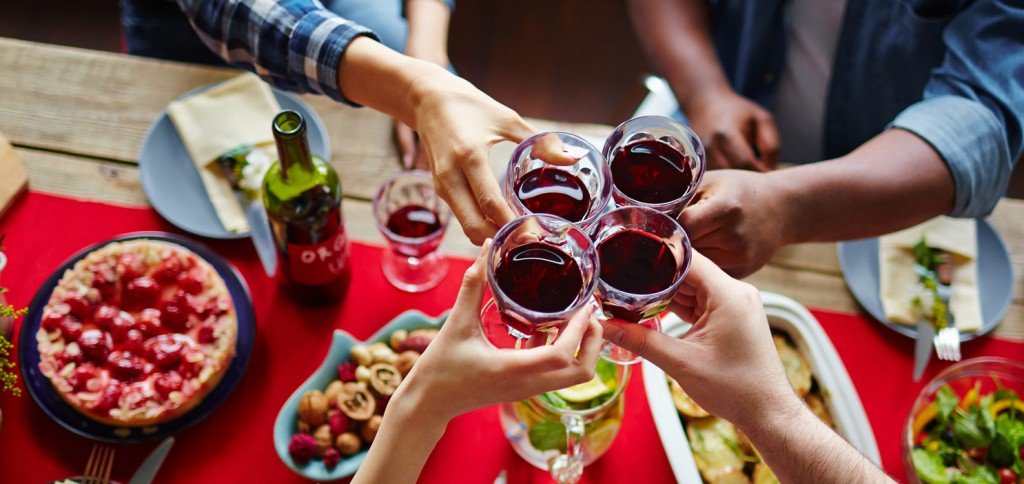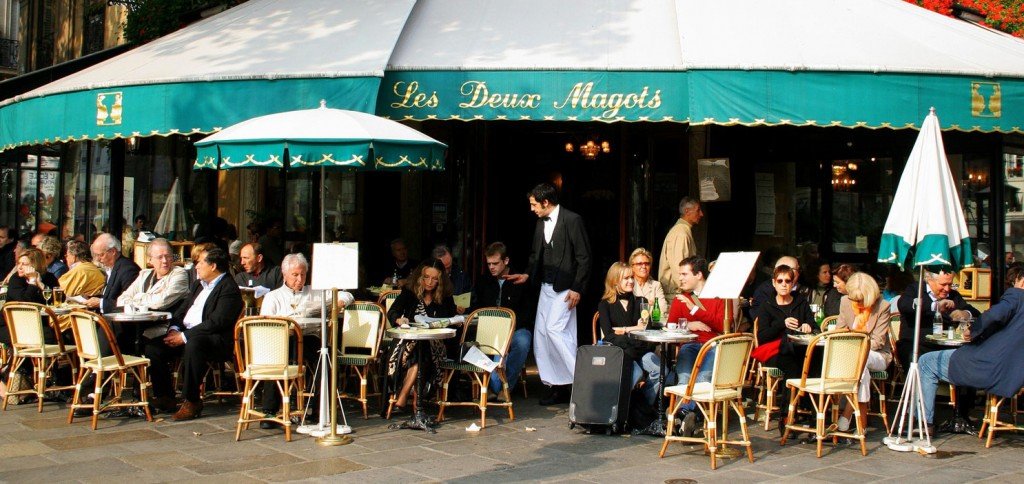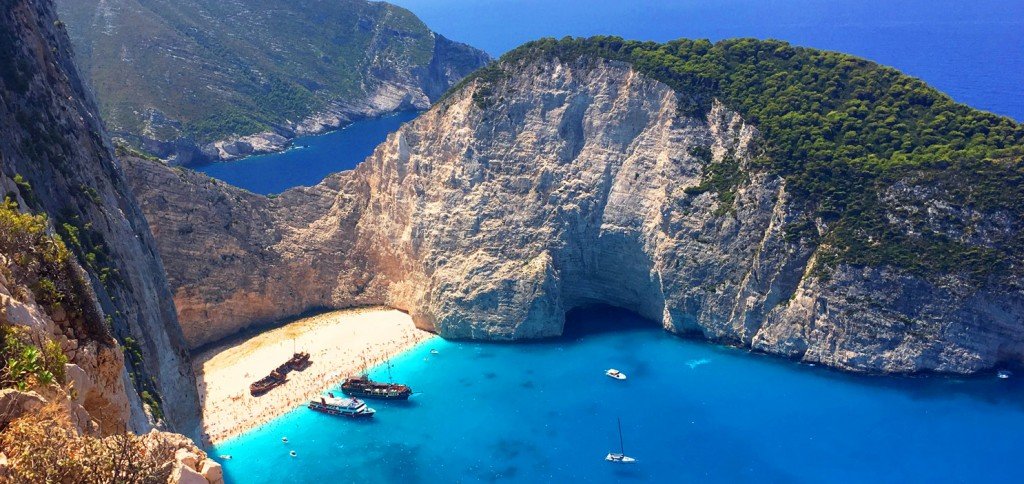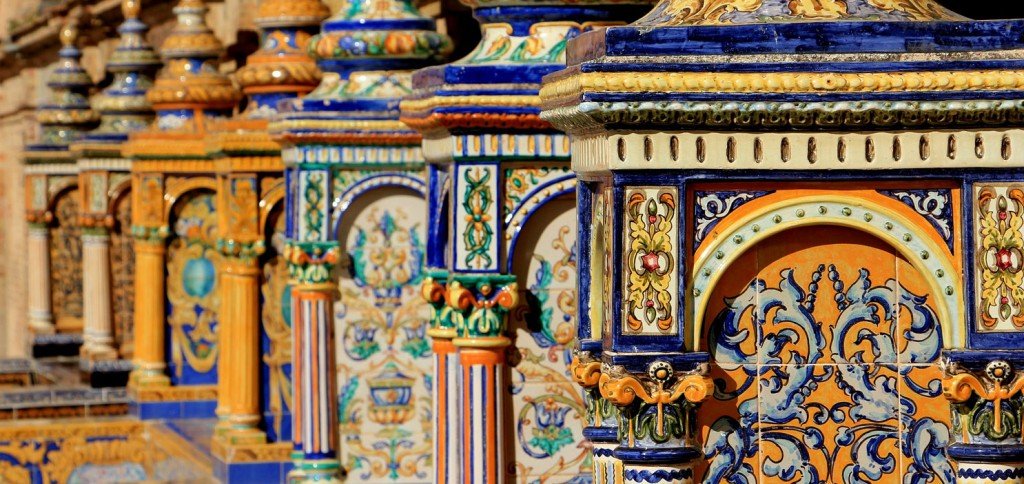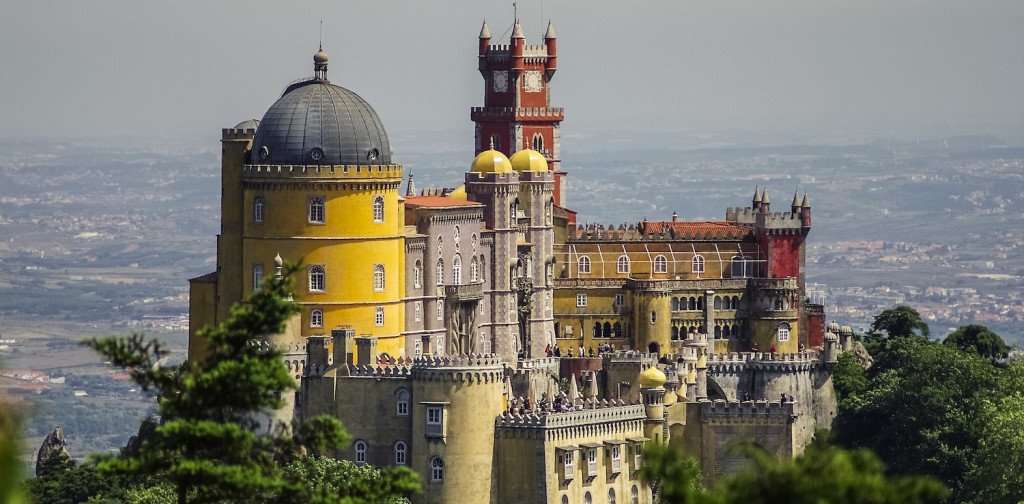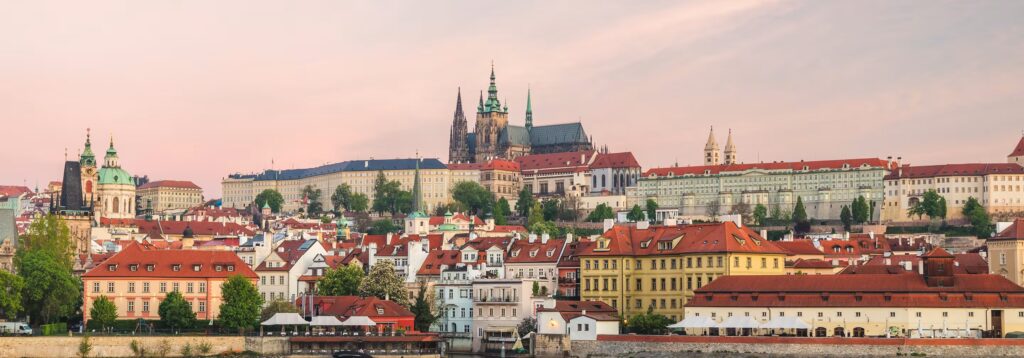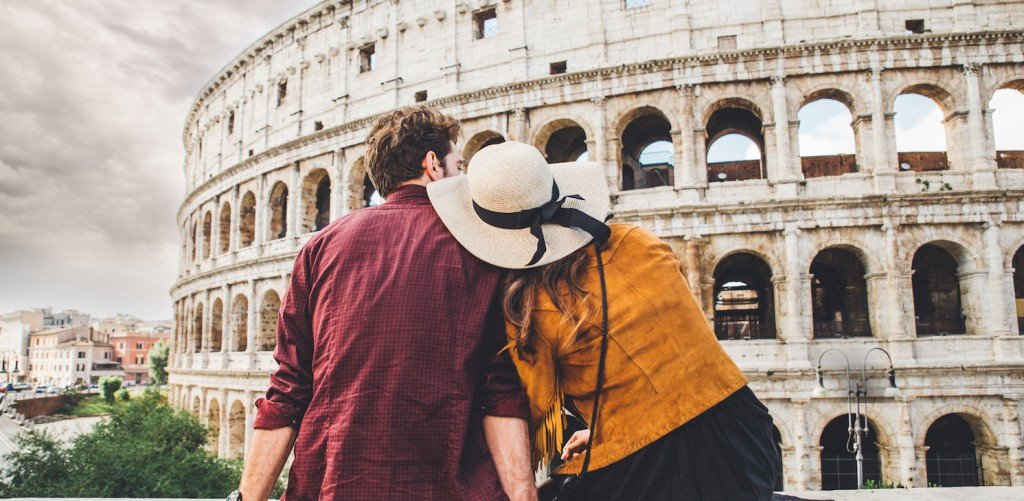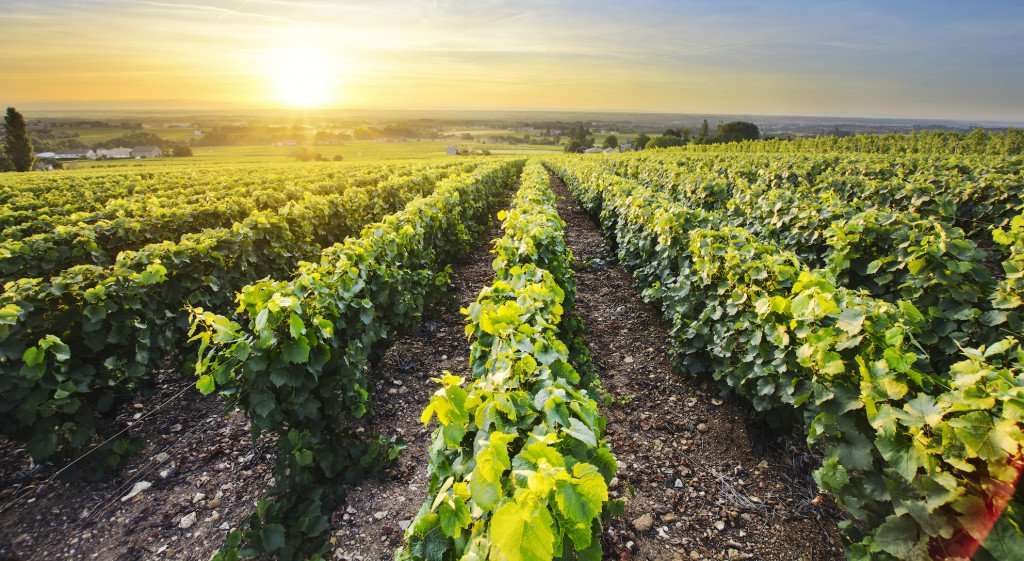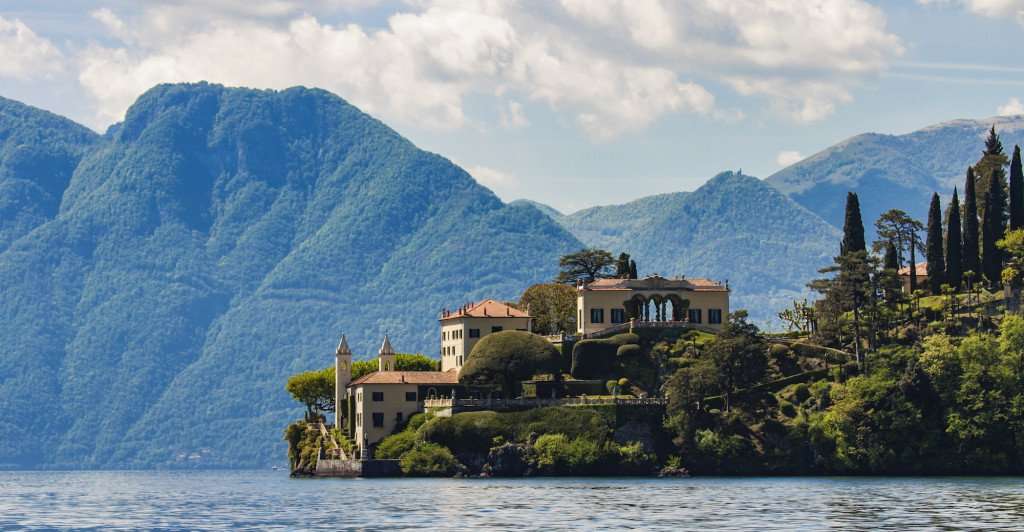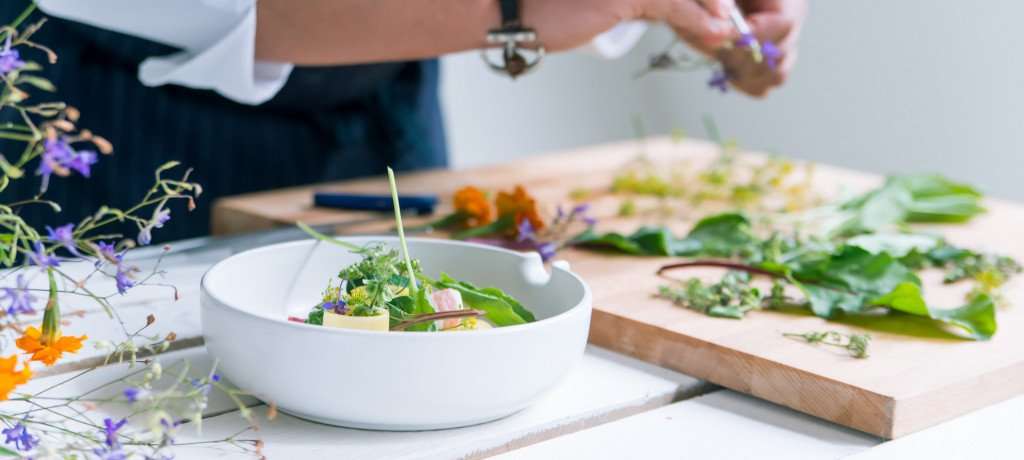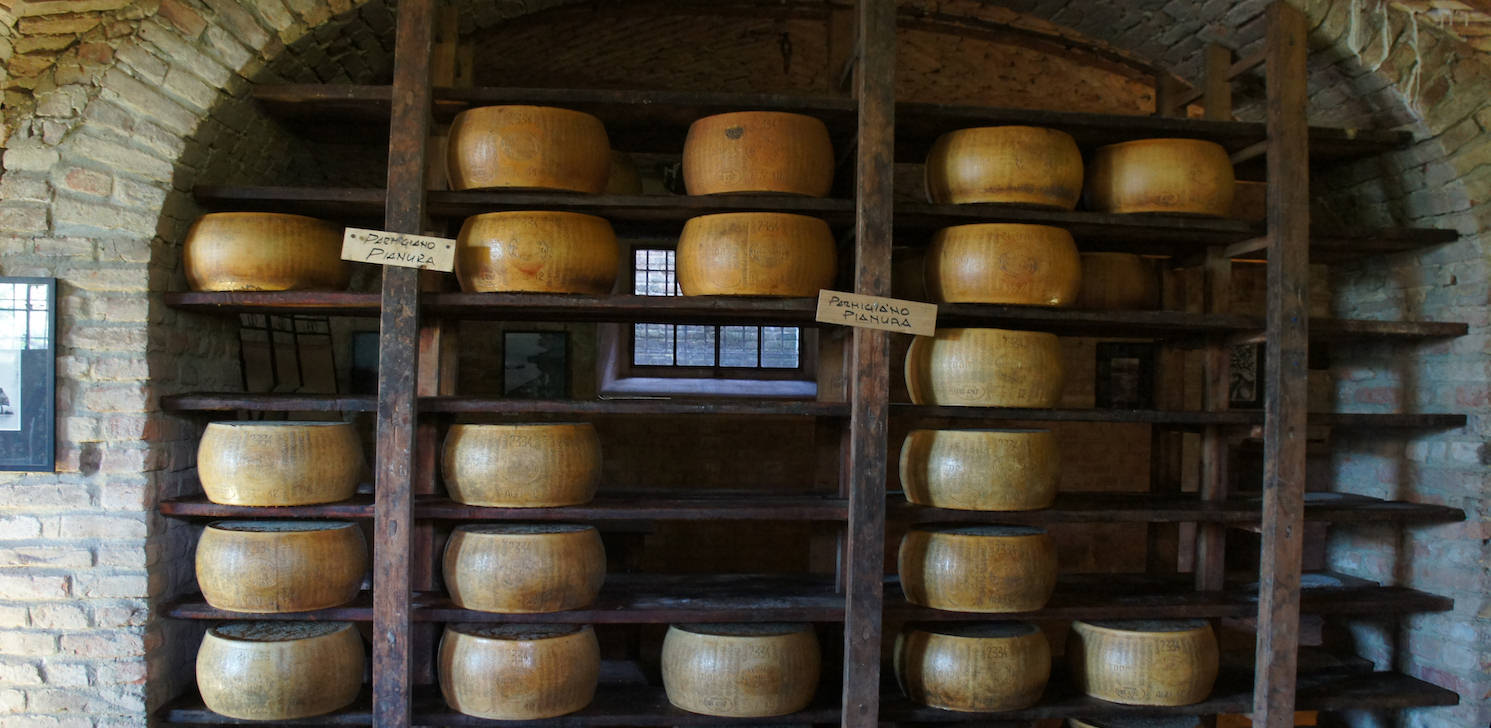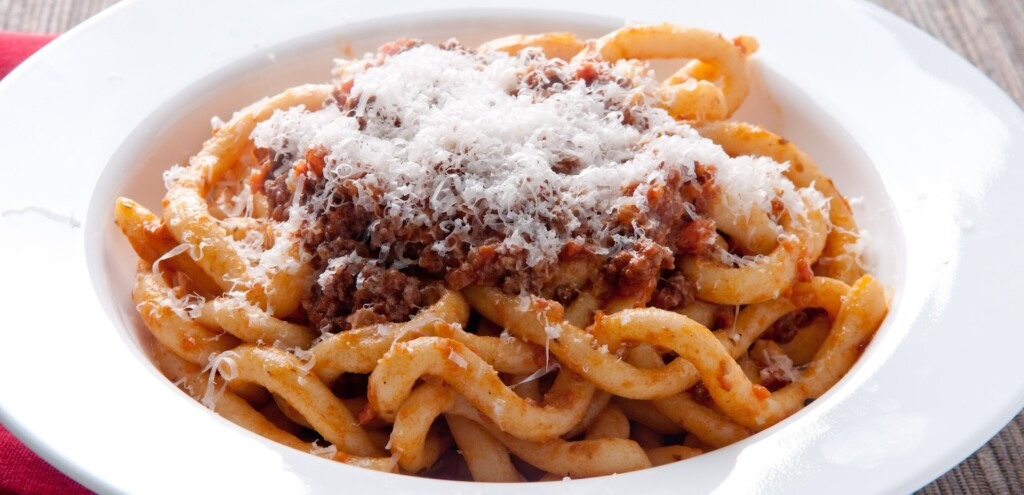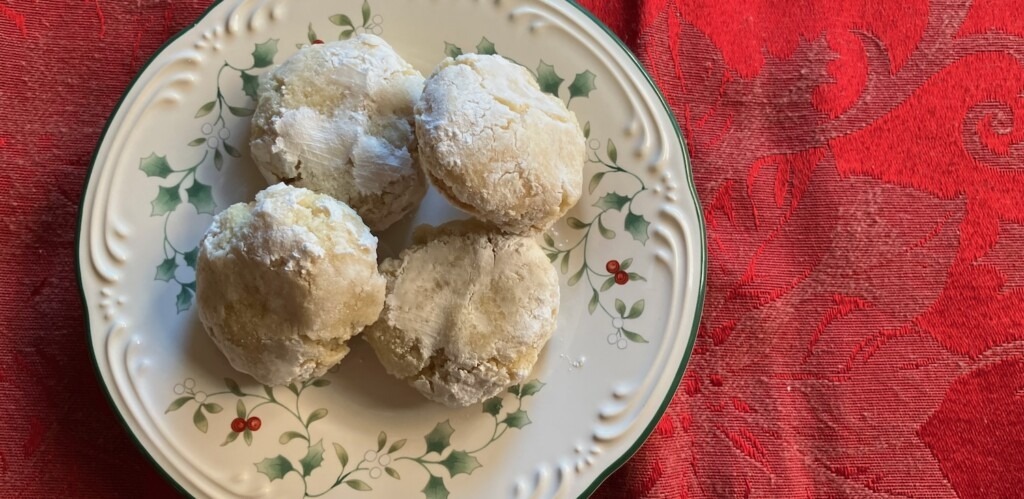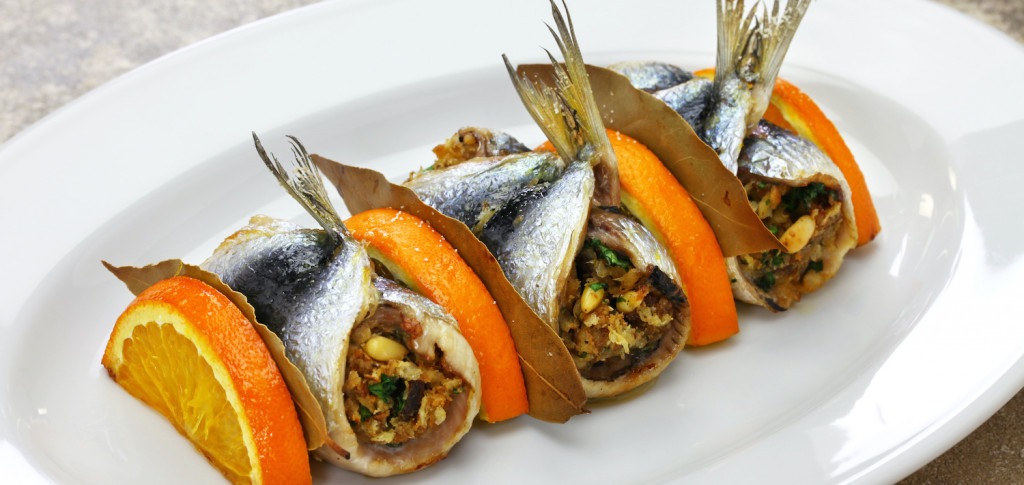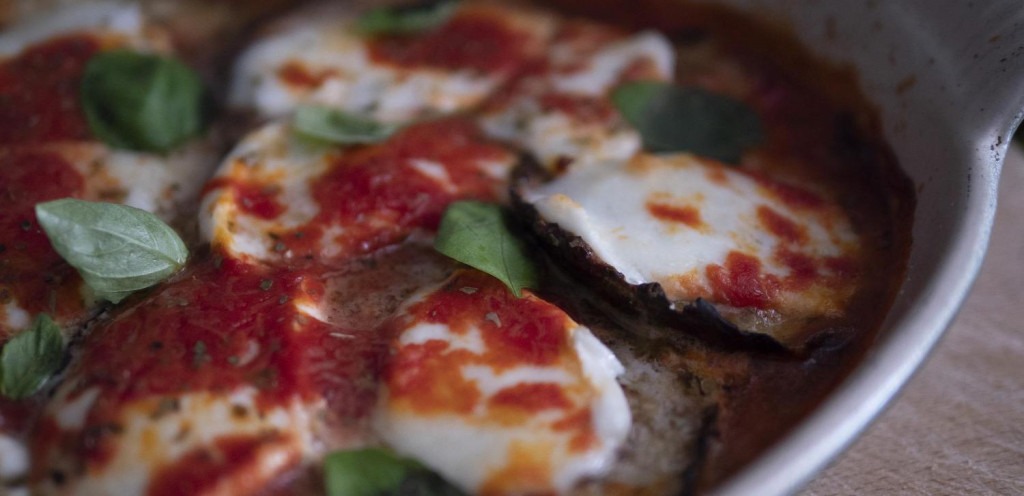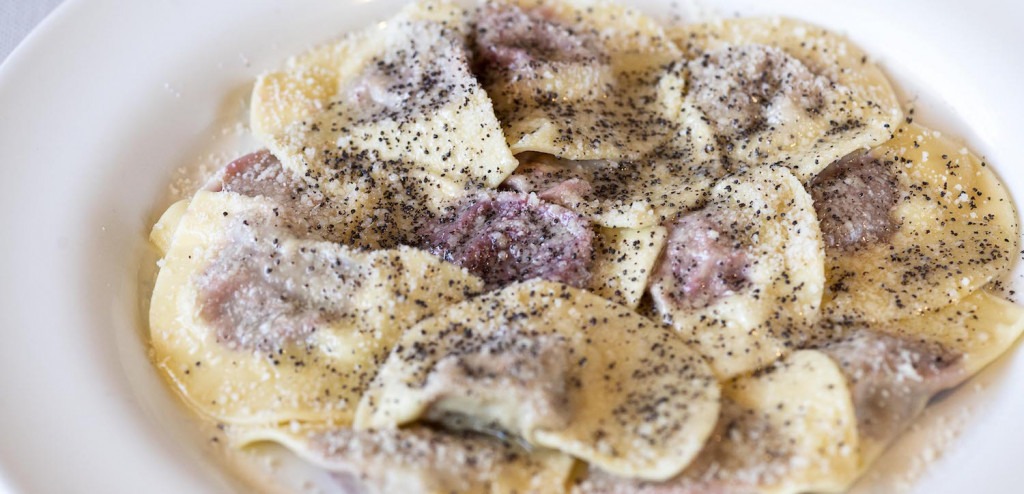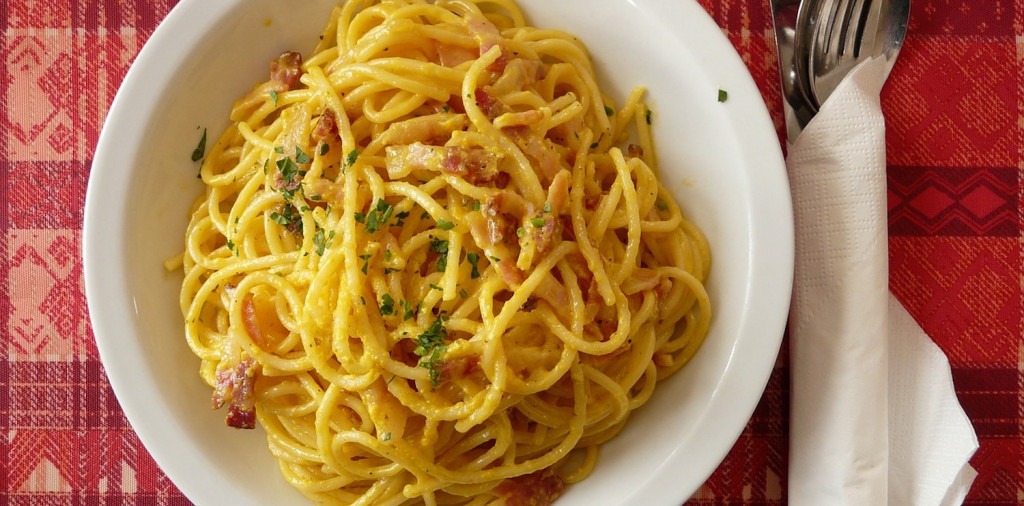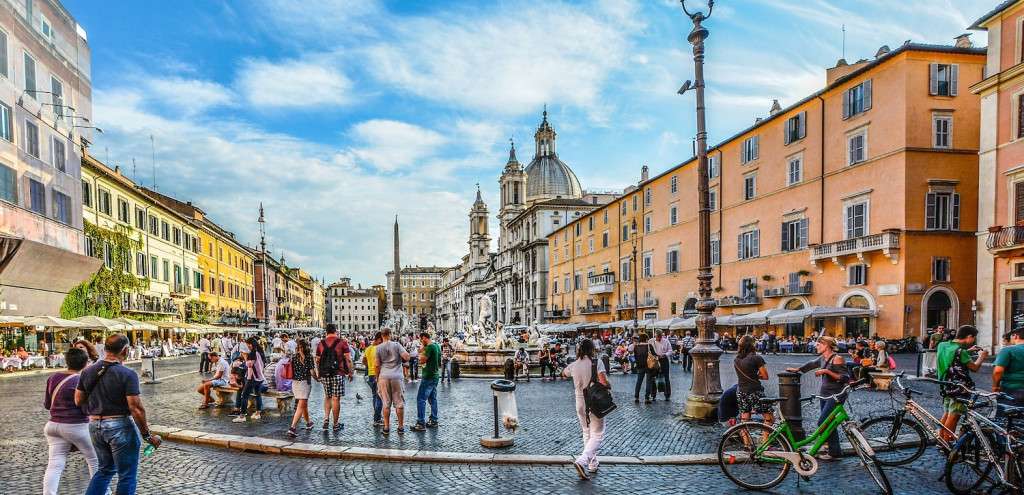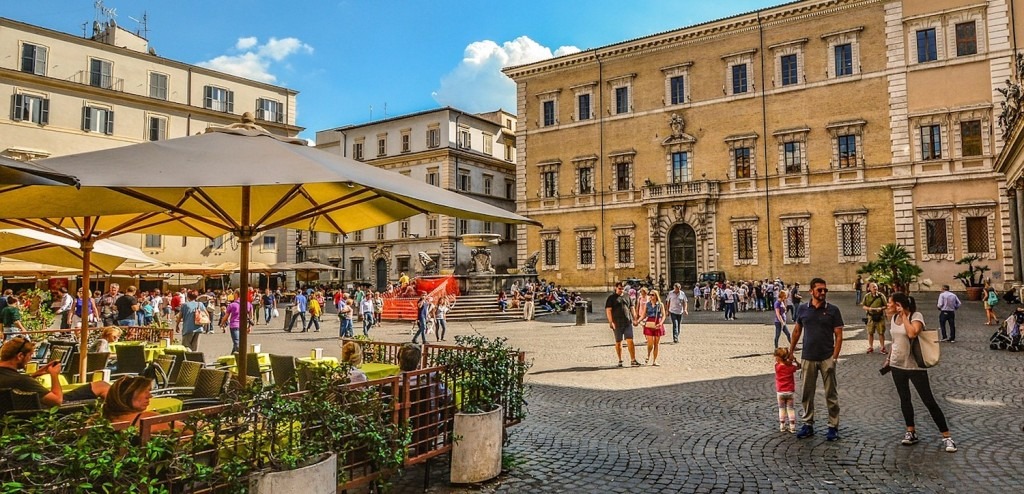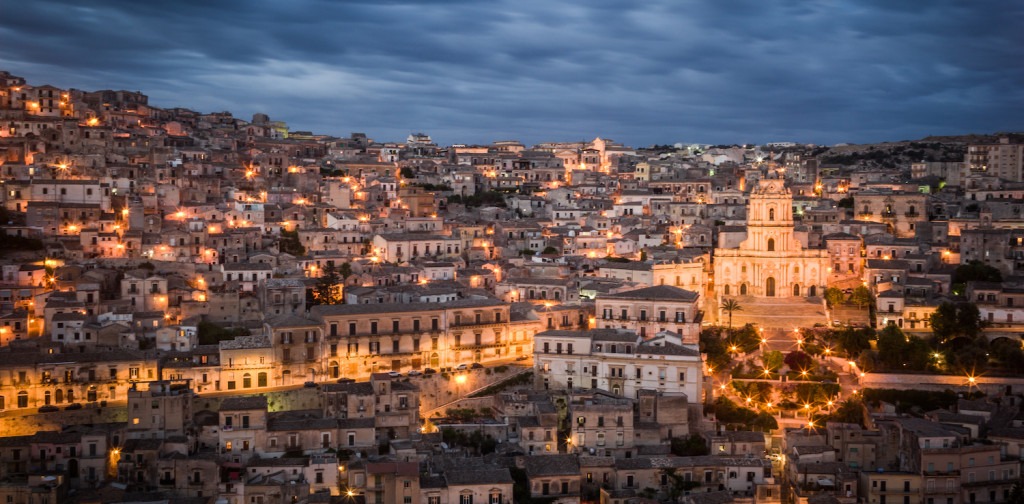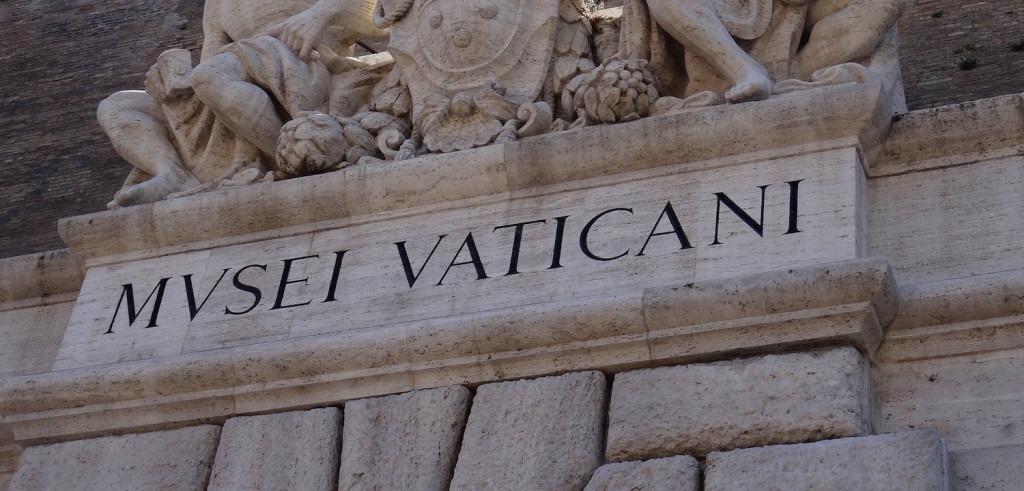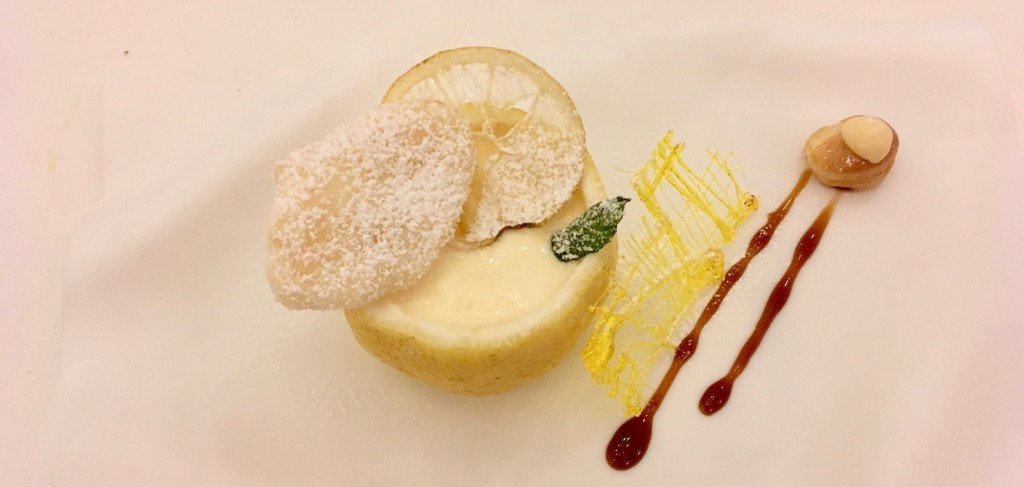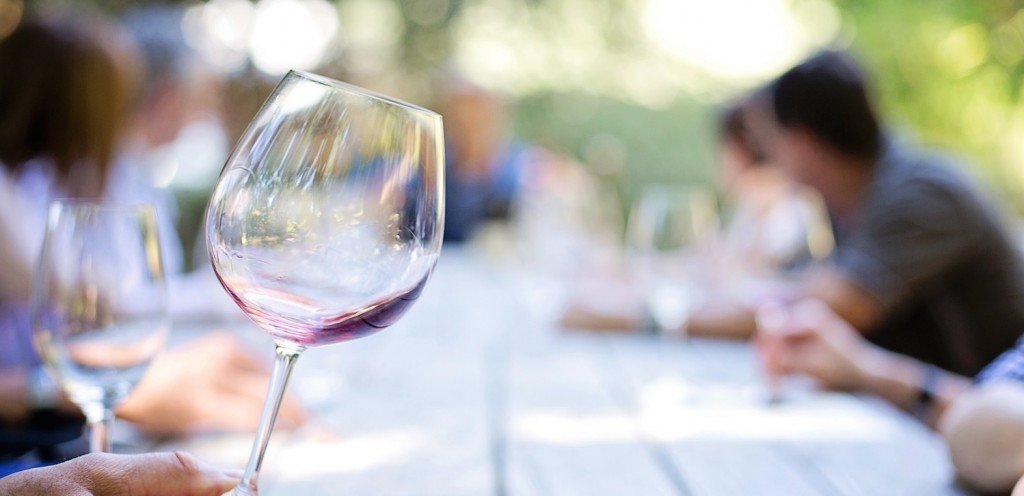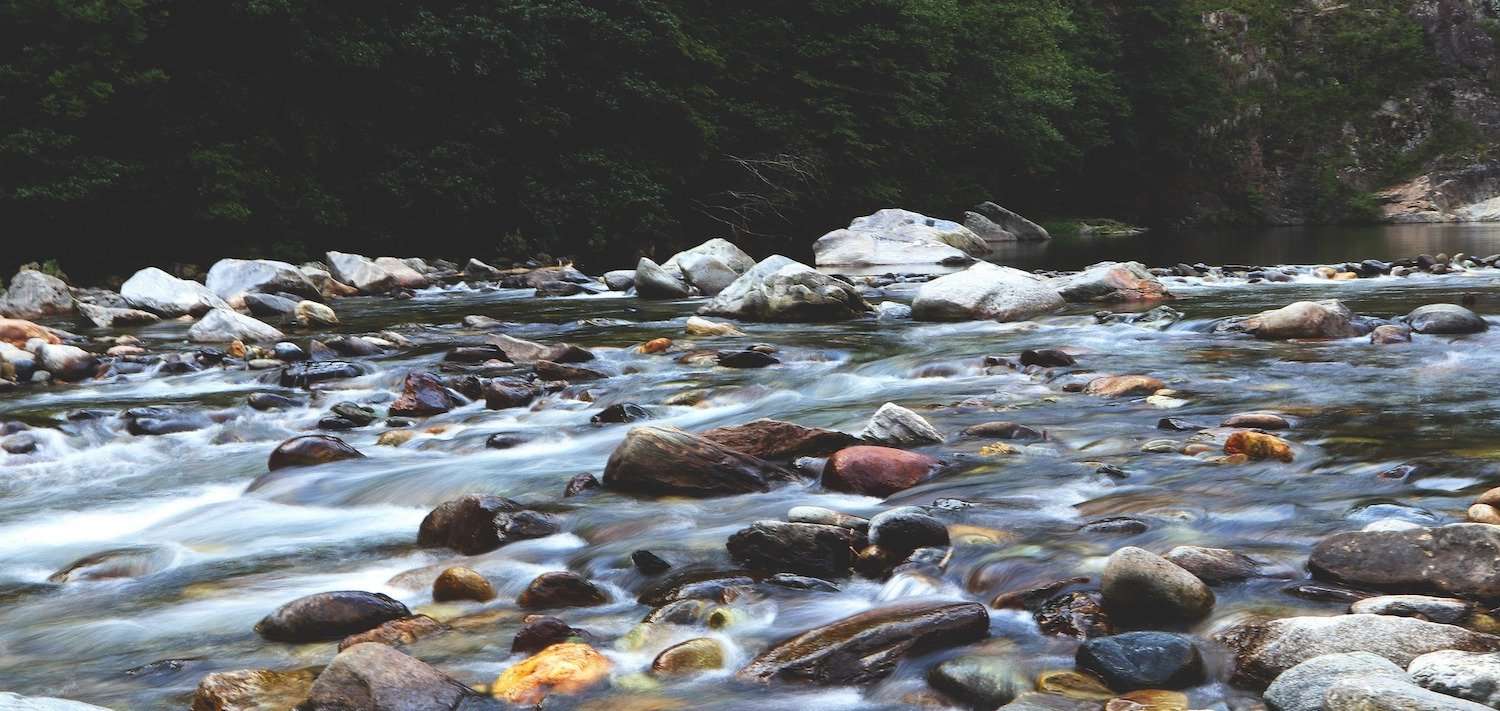
- The International Kitchen
- Recipes
- Italy Culinary Trips: Sturgeon in the Sand Recipe
Italy Culinary Trips: Sturgeon in the Sand Recipe
-
-
Nearly wherever you go in Italy, the food is delicious — there’s no questioning that fact. But there’s one region in particular that’s known for its good eats: Emilia Romagna, otherwise known as the food, or bread, basket of Italy. From slices of culatelli and prosciutto to fresh pasta and rounds of Parmigiano-Reggiano, there’s an enormous array of dishes and ingredients that call this region home. But they’re not the only delicacies of Emilia-Romagna.
 As with the rest of the country, the foods of Emilia-Romagna are distinctly tied to the land. Just look at how culatelli is produced. Made famous by the King of Ham himself, Chef Massimo, culatelli is considered to be a delicacy in large part because of how it’s made. First, the pigs feast on grains as well as legumes, and after butchering, the meat spends some time drying in a cool cellar for at least 14 months, and as long as 4 years.
As with the rest of the country, the foods of Emilia-Romagna are distinctly tied to the land. Just look at how culatelli is produced. Made famous by the King of Ham himself, Chef Massimo, culatelli is considered to be a delicacy in large part because of how it’s made. First, the pigs feast on grains as well as legumes, and after butchering, the meat spends some time drying in a cool cellar for at least 14 months, and as long as 4 years.
But unlike other cured meats, the flavor is also influenced by the misty breeze that comes off the Po River and through the cellar windows; even then, Chef Massimo says that a fine balance must be achieved, and that too much — or too little — of the wind can affect the quality of the meat.
Culatelli aren’t the only product of Emilia Romagna uniquely defined by the terroir. Even fish dishes, like Chef Massimo’s sturgeon in the sand, are vastly influenced not only by what can be caught in the local river, but also by the very sand itself and the leaves of the local trees. Just as the soil can influence wine, so too can the sand and trees affect the flavor of your food!
Even so, you can make this sturgeon recipe at home — just don’t be surprised if it tastes differently when you visit Chef Massimo during an Emilia Romagna cooking vacation.
Recipe for Sturgeon in the Sand
-
-
-
-
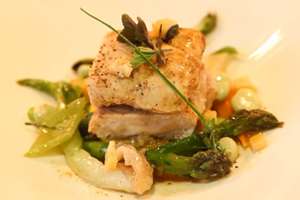
Ingredients
- 4 fillets of fresh sturgeon (about 140 grams or 5 ounces each)
- 40 grams (1.4 oz) bacon
- Rinds of Parmigiano-Reggiano
- Leaves of poplar and willow trees
- Thyme
- Marjoram
- Mint
- Shallots, chopped
- 10 dl (4 1/4 cups) aromatic white wine
- Small seasonal vegetables of your choice (such as carrots, onions, asparagus, and zucchini)
- Polenta (cooked separately)
Instructions
- In a large pot, fill the bottom with fine sand of the Po river (or, if you don’t have it, the sand of, as Chef Massimo says, “your place.”)
- In parchment paper, wrap the sturgeon along with bacon, a few leaves of poplar or willow, herbs, pepper, and some chopped Parmesan cheese rinds. Right before closing the bundle, add a dash of white wine.
- Repeat this procedure with parchment paper for all the seasonal vegetables, but only add bacon and herbs to the sturgeon packages.
- Once packaged, place the bundles in the pot on a bed of poplar leaves. Add more sand so that the bundles are almost completely covered.
- Place the pot in the oven at 170 degrees Celsius (338 Fahrenheit). If the sand was already hot, it should cook for about 40 minutes. If the sand was cold, cook at least an hour.
- Remove the pot from the oven, open the packs, place the sturgeon on the side, along with the vegetables, and in a container, collect the drippings from the sturgeon and vegetables to make a sauce for garnish.
- Next, it’s time to make the sauce. In a pan, fry the diced bacon, along with the chopped shallots, add the fish/vegetable drippings, and reduce the liquid. Once it reaches the right consistency, pass the mixture through a sieve.
- Assemble the dish by placing the sturgeon on top of the polenta, and then surrounding it with vegetables. Garnish with the sauce.
Sign up to Receive Our Newsletter
As well as travel tips, promotions, and information on our best cooking vacations.
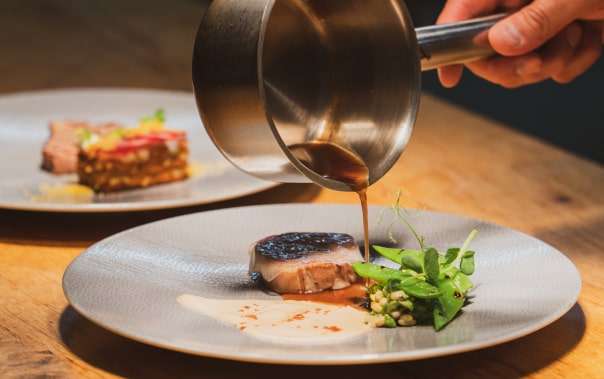
recipes
Related Recipes
blog

